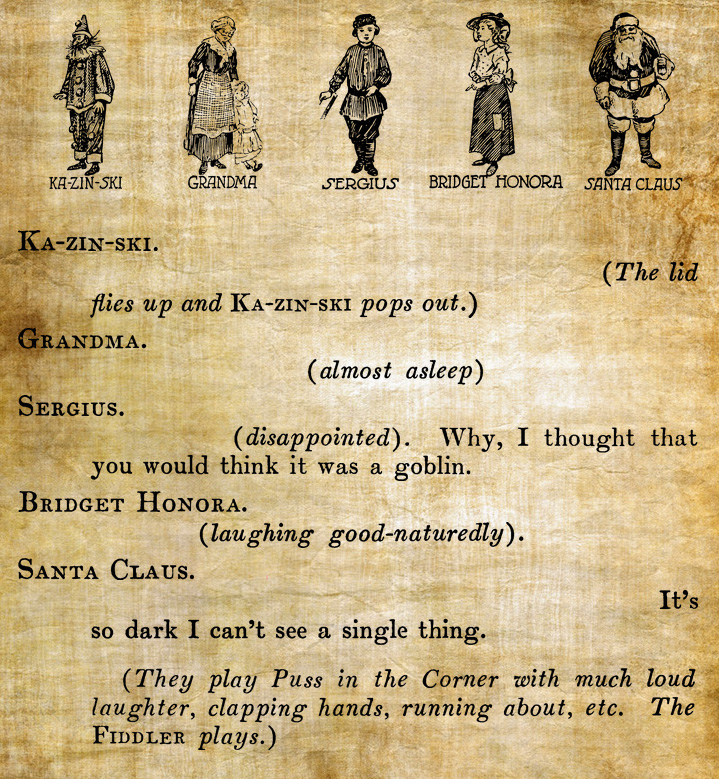Preliminaries
How to Begin a Reading
Rather than ask a particular question, the preferred way to use the Mimetic Divination system is to first think of a short title for the personal drama in which you find yourself. There’s no wrong way to do this — simply attempt to encompass your situation in two to four words. “What Happens in Vegas” might be an appropriate title for concerns about an upcoming vacation to Nevada. “A Question of Romance” might serve if you are worried about a love interest. “The Agreement” might be a title involving a commitment or a contract. “All Through the House might denominate a domestic issue. “Hurry Up and Wait” might address a particular limbo. “What Goes Around” might be an appropriate title for a reading intended to identify what’s about to come around. “Cat and Mouse” might be appropriate for thwarting an opponent. “The Promotion” might name a work-related issue. For a more general reading, try a broader title like “That’s Life” or “The Way of the World.” Once you have settled on a title, click the Begin button to initiate your character set and script.
How Are the Script Readings Created?
Each line of dialogue is genuine to each character. Our source is The White Christmas and Other Merry Christmas Plays by Walter Ben Hare and illustrated by Buckton Nendick. The pictures of each character and the text of their dialogue are reproduced directly from the printed book. Because each line of dialogue is presented in the order of randomly selected dramatis personae, every reading is a unique script to shed light upon one’s particular situation. That’s because “Theatre reveals what is behind so-called reality.” and also because a text “exists only as an event that reveals the reader’s self.”
How Does the Collaged Dialogue Make Sense?
“A text can make sense and someone can make sense of a text. If a text which at first did not make sense comes to make sense, it is because someone has made sense of it.” “We make sense of a text by relating it to the context of our knowledge, emotions, and experience. But since such contexts will be different for particular readers, so interpretations will vary also.” Deconstructionism “holds that a reader is free to find meaning in a text that the writer did not intend and — in making the interpreter a partner in the creation of copy — seeks to replace the stability of logic with the fluidity of paradox.”
How to Determine a Script's Positivity or Negativity
All lines of dialogue and stage directions fall into three categories: positive/uplifting, negative/ominous, and neutral. Each script will have five bits of dialogue and one stage direction. To judge whether a script is overall positive or negative or indifferent, count the negative lines and the positive ones to see if the tone tips toward one or the other.
A Sample Positive Reading

Here is an example of a very positive reading. The scene begins with a nod, which is an assent. Yakob’s “Let true hearts welcome you” indicates an atmosphere of sincerity. A fiddler plays and a tin soldier dances (a dancing soldier is of course non-aggressive). The stage lights are half up, but candles are not burning, and this indicates an opportunity for a character (such as you) to bring more light to the situation of your own volition; whereas you may not be in control of the theatrical lighting, it’s within your ability to light a candle. The scene ends with Mrs. Fezziwig’s exclamation that she’s never been happier in her life, which is a joyous note upon which to close. For a yes-or no sort of question, this scene unequivocally answers “yes” and otherwise paints a favorable, supportive, optimistic picture.
A Sample Negative Reading

Here is an example of a quite negative reading. It begins with a warning that a goblin is on the prowl. Then there’s a mention of tense, mocking faces, and Mary moans that the last hope is gone. This sort of reading would offer an emphatic “No” to a yes-or-no question. However, it could have been more negative than this, for at least faint chimes can be heard in the distance, as opposed to the curtain slowly coming down.
A Sample Specific Scenario

Here’s an example of a highly specific scenario being communicated. A jack-in-the-box fails to scare a sleepy grandmother. It’s merely a juvenile prank, meant to be taken for a goblin. But it’s all in good fun, and a girl laughs. There’s a darkness (Santa exclaims that he can’t see anything), but it’s a good thing because it keeps the prank from causing a scare. To apply the message to the querent’s life: expect a surprise or shock, mischievous but not nefarious in nature. The laughter and games that close the scene promise a happy ending.
A Sample Mysterious Reading

Here’s an example of a mysterious reading. The only line of dialogue announces that “all things are strange tonight,” indicating that events are not predictable. There’s a blue twilight that makes discernment difficult. Hogan’s looking through the telescope at the end is a caution to be on the lookout and to get a sense of the “big picture,” even as Mrs. Lacey’s bowed head is a reminder to watch one’s step and to stay grounded. This scene is not explicitly ominous, merely enigmatic.
A Sample Confirmation Reading
What to Make of the Various Characters
The composition of the cast of characters may offer important insights into the nature of your reading. For example, is there a “cold” tone to the scene with figures like Jack Frost, Santa, or a tin soldier? Are several grandparents and other elders present, indicating wisdom or authority? Is there a preponderance of mothers and nursemaids to suggest nurturance? Have mysterious or frightful spirits and ghosts made themselves known? Do children predominate, suggesting naivety or new beginnings? Are several Irishmen present, traditionally associated with luck? Two different fiddlers may appear, suggesting the importance of timing and harmony. Four clowns might also congregate, to lighten the tone. Nine characters hold walking sticks or crutches, indicating sources of support. Two carry umbrellas, having prepared for inclemency. Look also at the directions characters face. Are most or all facing left, or right, or forward? Such alignments may be meaningful to your situation.
An Entire Script Without Dialogue?
It is indeed possible for a script to appear with several characters but no dialogue whatsoever. In such a case, the script is a pantomime and communicates without language. Look to the stage directions and descriptions of character behavior to decode the pantomime.
Why Figures from Old Christmas Plays?
Christmas is a liminal space — a threshold time. We conjure characters from old plays as portentous ghosts of Christmases past, in the grand tradition of Dickens’ A Christmas Carol. Our system brings to life forgotten characters from plays that are no longer performed on stage, and their scripts are newly invigorated via a process of natural selection as we combine disparate dialogues into literally cutting-edge creations. Though we call these characters ghosts, they are more accurately archetypes, which are “neither entirely natural nor super-natural.” Simply put, “An archetype is an awareness of what is yet unknown.”
Is This an Oracle for Christmastime Only?
Both Christmas and the theatre stand outside of time, so this is an oracle for the full cycle of the year.
How Is Randomness Generated?
Our randomness is generated in cooperation with Random.org and Australian National University. The statistics of the output are consistent with true randomness.
About the Creator

CRAIG CONLEY (Prof. Oddfellow) is recognized by Encarta as “America’s most creative and diligent scholar of letters, words and punctuation.” He has been called a “language fanatic” by Page Six gossip columnist Cindy Adams, a “cult hero” by Publisher’s Weekly, and “a true Renaissance man of the modern era, diving headfirst into comprehensive, open-minded study of realms obscured or merely obscure” by Clint Marsh. An eccentric scholar, Conley’s ideas are often decades ahead of their time. He invented the concept of the “virtual pet” in 1980, fifteen years before the debut of the popular “Tamagotchi” in Japan. His virtual pet, actually a rare flower, still thrives and has reached an incomprehensible size. Conley’s websites include OneLetterWords.com and MysteryArts.com.


